3 Egg Replacements That Stick to Breading Well
When breading foods for frying or baking, eggs serve as an essential binding agent, but alternatives exist for those with allergies or dietary restrictions.
Egg substitutes for breading can include flaxseed or chia seed gels, aquafaba, or commercial egg replacers that help coat foods effectively.
Each option offers different binding strength and moisture, influencing the final texture and crispiness.
Choosing the best substitute depends on the recipe and personal preferences.
These alternatives enable everyone to enjoy crispy, breaded dishes without traditional eggs.
With a bit of experimentation, egg substitutes can produce satisfying results for any breading needs.
Learn how to choose and use the best egg alternatives for your culinary creations.
Egg-Free Alternatives for Perfect Breading
Crisp and flavorful coatings are still possible with egg-free breading alternatives, many offering unique textures or colors. The results stay deliciously golden. Plenty of options could work in your recipes.
Augason Farms Butter Powder
Butter serves as a fantastic egg substitute for breading poultry or fish with just a few simple steps.
Home cooks can melt the butter and rub it evenly over the meat before applying the batter, making sure every part gets covered without using too much.
The method works wonderfully for light coatings, though heavier batters require an extra step for better adhesion.
For those thick coatings, applying melted butter first, followed by a thin flour layer, then removing excess flour before adding the final batter creates the perfect bond.
Even health-conscious cooks can enjoy this technique by selecting low-fat, heart-healthy butter options that perform just as effectively as regular butter.
Heavy Cream
Heavy cream stands out as an excellent egg substitute when breading foods for deep frying, making it a top choice for people with egg allergies.
The traditional three-step dredging process involves coating meat in flour, then egg, and finally breadcrumbs or batter before frying.
With similar binding properties to eggs, heavy cream helps the outer coating stick firmly to chicken or fish during cooking.
Many cooks prefer cream because it creates an exceptionally strong bond between the breading and the food, resulting in a perfectly crispy exterior.
The main drawback is that cream adds extra fat to your dish, which might be a concern for those watching their calorie intake.
Gelatin
Gelatin stands out as an excellent dairy-free substitute, providing a neutral flavor that won't alter the taste of your meat or fish dishes.
Many cooks find this clear, odorless protein particularly useful when they need to avoid eggs or heavy cream in recipes that require coating.
The process involves soaking gelatin in water for about five minutes until it blooms, then dissolving it in boiling water before cooling and applying it to your food.
Despite its advantages, some home chefs may find gelatin somewhat tricky to work with at first since it doesn't offer the same stickiness as traditional binding agents when heated.
How To Choose the Right Egg Substitute Based on Frying vs. Baking?
Eggs serve different purposes depending on whether you’re frying or baking, so choosing the right substitute depends on your cooking method and the function eggs play in your recipe.
Is Texture Noticeably Different When Skipping Eggs in Breading?
Yes, skipping eggs in breading can lead to noticeable changes in texture and coating performance. Eggs provide a cohesive, sticky layer that helps breading adhere evenly and stay intact during cooking. This results in a crispy, uniform crust that enhances mouthfeel.
Without eggs or a suitable binder, breading may flake off more easily, leaving patches uncoated and reducing overall crunchiness.
While alternatives like aquafaba or plant milk mixed with flour can improve adhesion, they generally don’t match eggs perfectly in creating a resilient, crunchy crust.
Expect slight differences in how the coating crisps and clings, which may affect the final texture and eating experience.
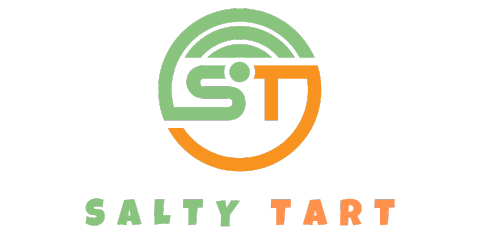
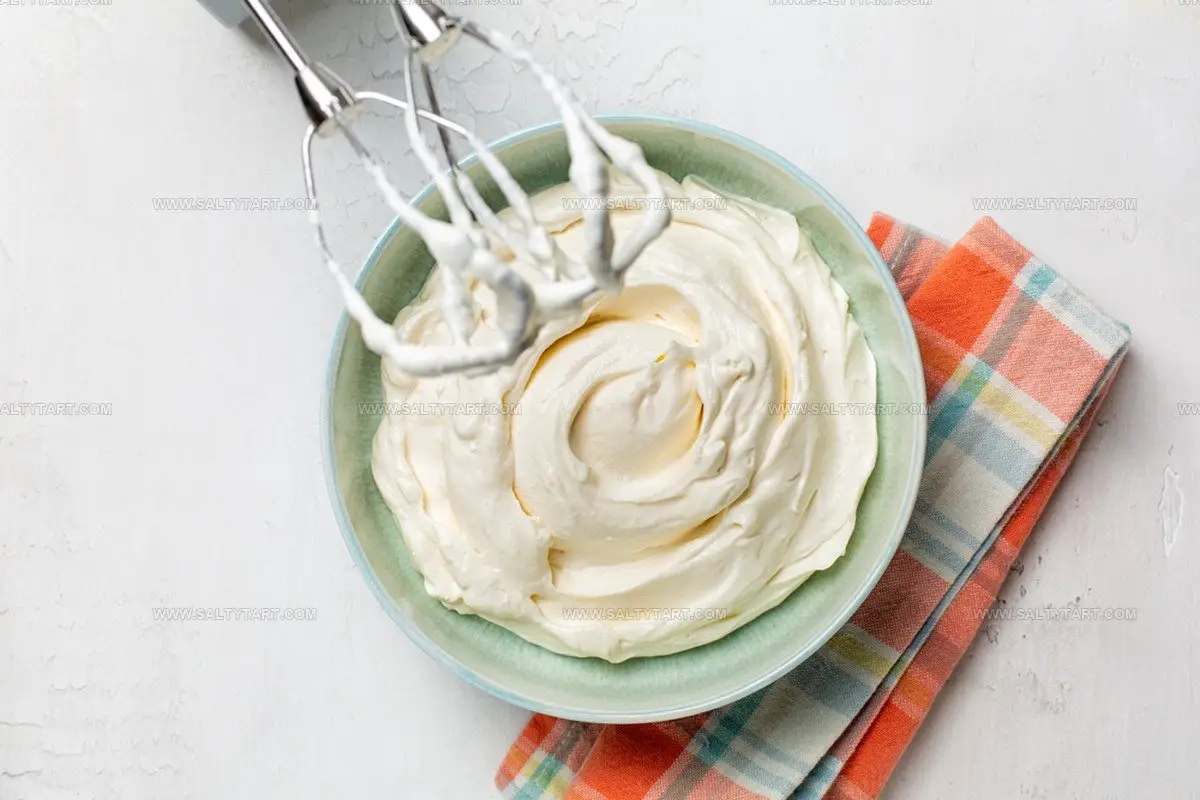
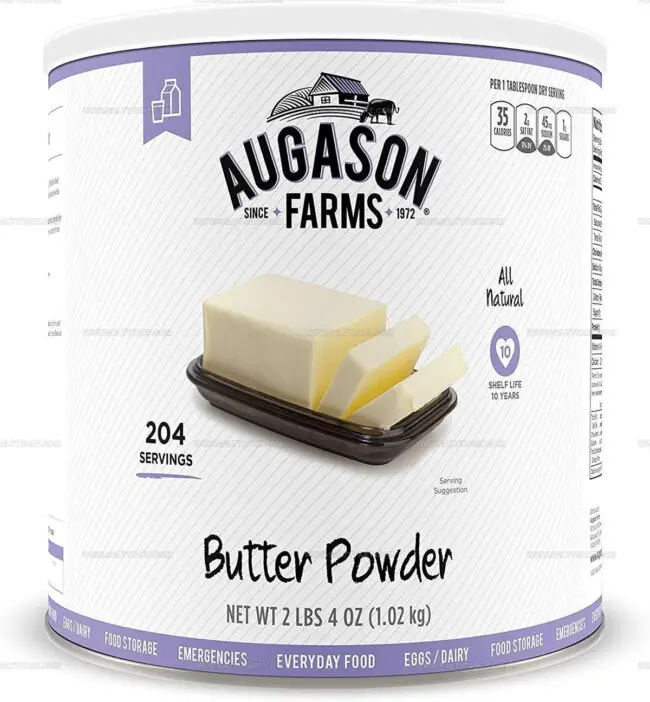
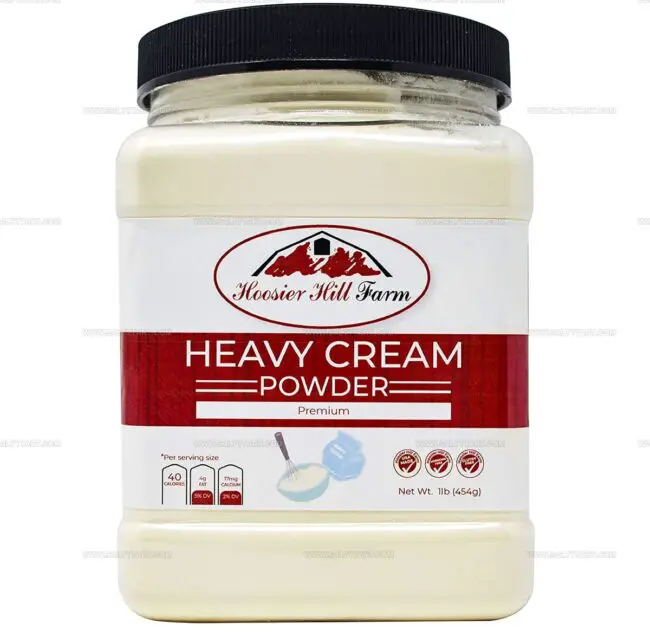

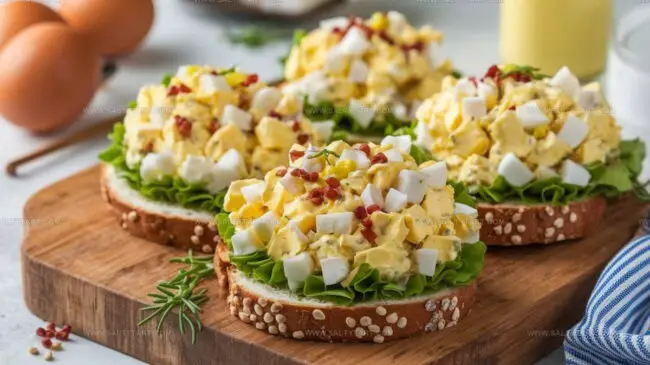
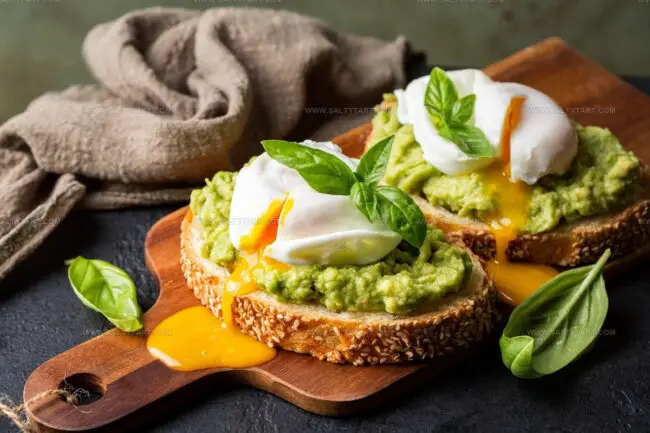
Jess Martinez
Contributing Recipe Writer & Nutrition Consultant
Expertise
Southwestern and Latin American cooking, Nutritional analysis and healthy recipe planning, Cultural food traditions, Modifying traditional dishes for better health
Education
Santa Fe Community College
Certificate in Culinary Arts
Focused on mastering the flavors and cooking methods of traditional Southwestern cuisine.
Jess’s love for bold, homegrown flavors led her straight into the world of Southwestern cooking and cultural nutrition.
After completing her Certificate in Culinary Arts at Santa Fe Community College, she made it her mission to show that good-for-you food can still taste incredible.
At saltytart.com, Jess shares vibrant, health-conscious recipes with roots in tradition but a fresh, modern twist. When she’s not testing new recipes, you’ll find her at local growers’ markets, tending her herb garden, or digging into food history books.